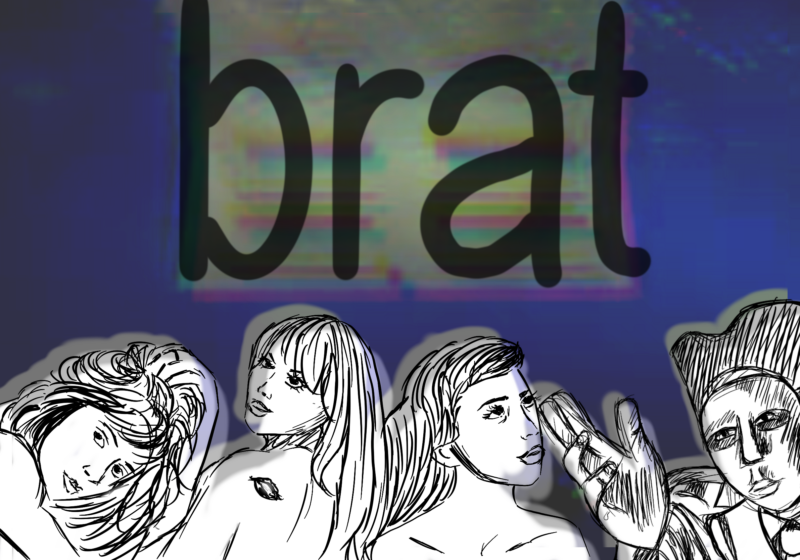We’ve all heard about the eccentricity of Bollywood film or have at least been exposed to the elaborate song and dance routines, indicative of Indian cinema through modern films like Mira Nair’s “Monsoon Wedding.” But few of us are actually aware of the progression of the Indian cinema, the largest film industry in the world, which produces about 800 films annually.
The term Bollywood conflates Bombay, the old name of Mumbai and the base for the film industry, and Hollywood, the hub of American cinema. The industry first emerged in 1896, when the Lumiere Brothers’ Cinematographe brought six films to India and by 1920, the nation was generating 27 films annually.
By the ’30s, Bollywood was producing about 200 films annually. The films of the ’30s and ’40s evaded the desperate times – depression, World War II, Indian Independence and Partition – through escapist pictures. Hindi music became an essential component to Bollywood films in the ’30s. Most songs are not sung by the actors, but instead are pre-recorded by professionals and lip-synched throughout the film. By the late ’50s, Bollywood began producing films in color, featuring romantic musicals that were highly melodramatic about wealth, beauty and glamour, which now have become a staple in the genre.
The late ’60s, however, introduced a new Indian cinema, which unlike popular cinema, was concerned with emerging issues that the new generation was experiencing. They avoided the stereotypes of popular cinema, addressing poverty and adversity, instead of the fairytale story lines. But, these films were only popular among the educated elite, as the masses who had been brought up on the diet of happy, unrealistic films found them unappealing.
By the ’90s, new wave cinema died down, with many of its founders resorting to techniques they had previously criticized. In desperation for box office hits and out of a loss of commitment to the new cinema, former proponents of the genre began to infuse song and dance routines into their films.
While new wave cinema is not dead, most Bollywood films today are fantastic, featuring song and dance routines and straying from realistic portraits of daily life. The songs heard throughout the movie tend to make or break the films, as fans of musical artists flock to the cinema to hear their songs.
Whether or not you enjoy these fantastic films, it’s important to recognize the substantial presence of Bollywood in the modern film industry.
Katz can be reached at jkatz@campustimes.org.



